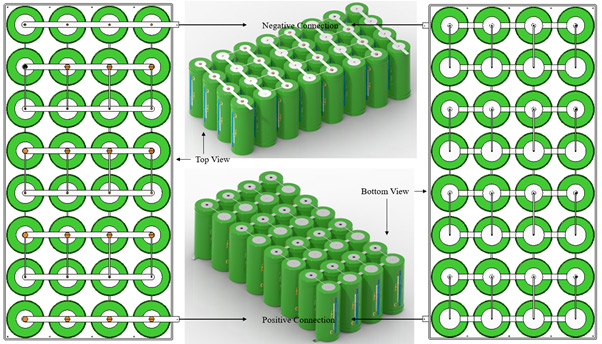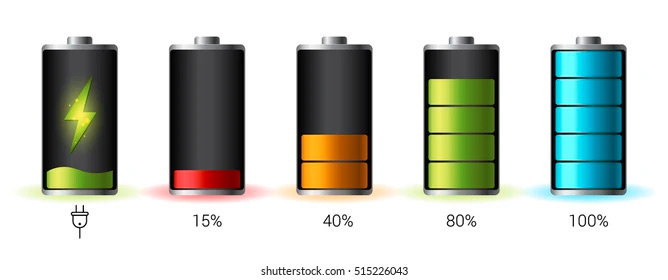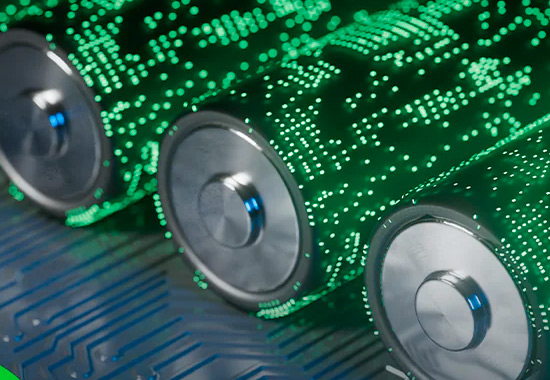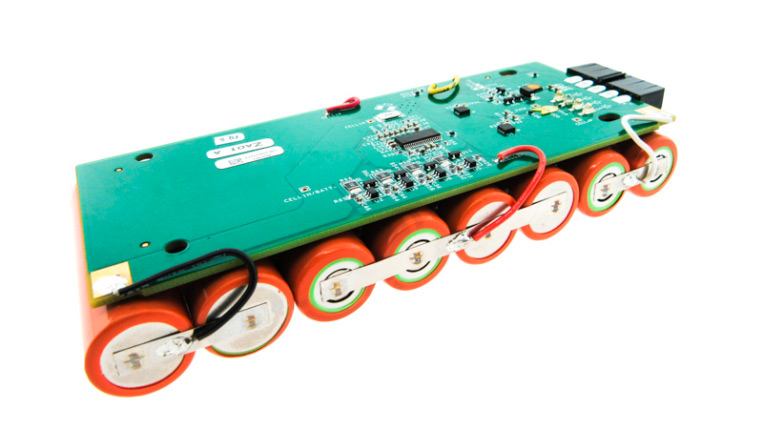NEWS

-
Add:RM609, No.160, Huanzhou 2 Road, Baiyun, Guangzhou
Tel:+86-20-86187378 / 86187321
Email:inquiry@eulandltd.com
The Evolution of Battery Technology: A Glimpse into Performance Metrics
 2024-06-22
2024-06-22  62
62In the realm of energy storage, batteries have always been at the forefront of technological advancements. As our world becomes increasingly electrified, the demand for efficient, long-lasting, and environmentally friendly batteries has never been higher. In this article, we’ll delve into the latest breakthroughs in battery technology, categorizing them based on key performance metrics.
1. Energy Density
Traditional Lithium-ion vs. Solid-State Batteries
Energy density, which refers to the amount of energy a battery can store for a given volume, is a crucial metric. Traditional lithium-ion batteries have dominated the market for years, but solid-state batteries are emerging as a promising contender. By replacing the liquid electrolyte with a solid one, these batteries can potentially offer higher energy densities, paving the way for longer-lasting electronic devices and electric vehicles.
2. Cycle Life

Enhanced Electrode Materials
The cycle life of a battery indicates how many times it can be charged and discharged before its capacity significantly diminishes. Recent research has focused on enhancing electrode materials, such as the development of silicon-based anodes. These anodes can store more lithium ions than traditional graphite ones, leading to batteries that can endure more charge-discharge cycles.
3. Charging Speed

Fast-Charging Technologies
A battery’s charging speed is vital, especially for applications like electric vehicles. Innovations in electrode designs and electrolyte compositions have paved the way for batteries that can be charged in minutes rather than hours. For instance, new formulations of electrolytes with higher ionic conductivity can facilitate faster ion movement, resulting in quicker charging times.
4. Safety
Thermal Runaway Prevention
Safety is paramount when it comes to batteries. Overheating, also known as thermal runaway, is a significant concern. The shift towards solid-state batteries and the incorporation of flame-retardant additives in electrolytes are steps towards making batteries safer. Additionally, advanced battery management systems (BMS) can monitor and regulate temperature, voltage, and current to ensure safe operation.
5. Environmental Impact

Green Battery Technologies
The environmental footprint of batteries, from production to disposal, is a growing concern. Researchers are exploring alternatives to scarce and harmful materials traditionally used in batteries. For instance, sodium-ion batteries, which use abundant sodium instead of lithium, are being studied as a potential eco-friendly alternative. Moreover, recycling methods are being refined to recover more materials from used batteries, reducing the need for raw material extraction and minimizing waste.
6. Cost
Economies of Scale and Material Innovations
As battery technologies advance, economies of scale and innovations in materials are driving costs down. For instance, the mass production of batteries for electric vehicles has led to a significant reduction in per-unit costs. Additionally, the exploration of cheaper electrode materials and manufacturing processes is making batteries more affordable for a broader range of applications.

Conclusion
The battery industry is undergoing a transformative phase, with innovations addressing various performance metrics. As we transition to a more sustainable and electrified future, these advancements in battery technology will play a pivotal role in shaping our world. Whether it’s longer-lasting smartphones, faster-charging electric cars, or greener energy storage solutions, the future of batteries looks bright and promising.




